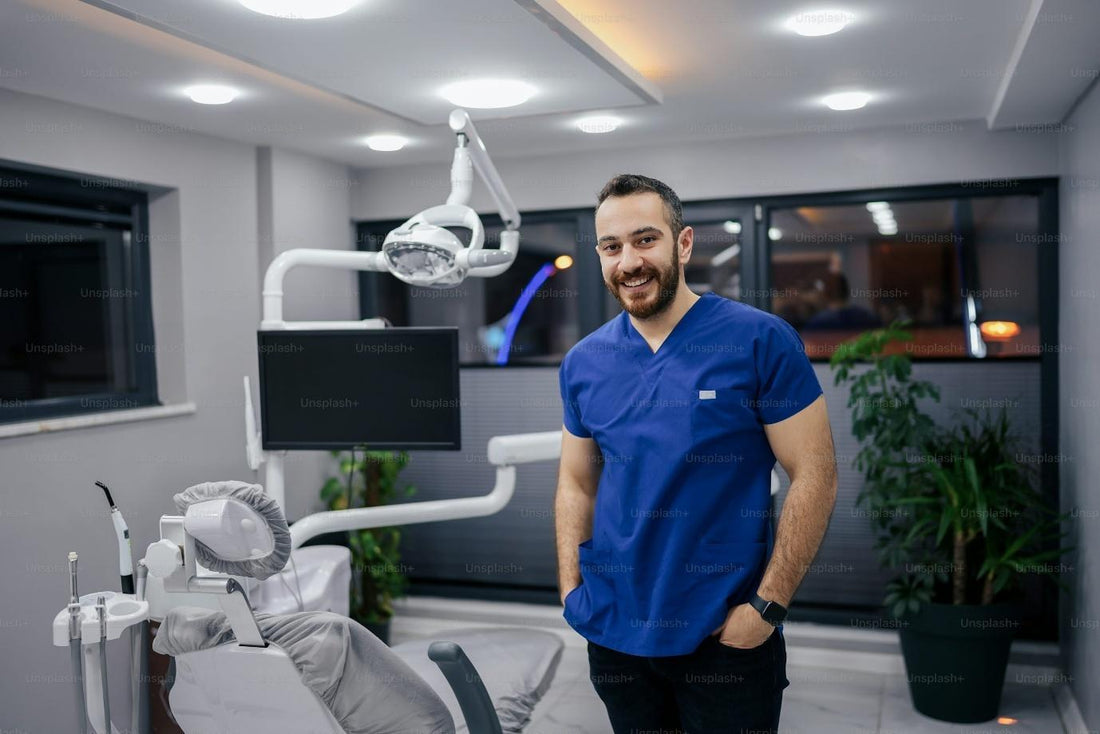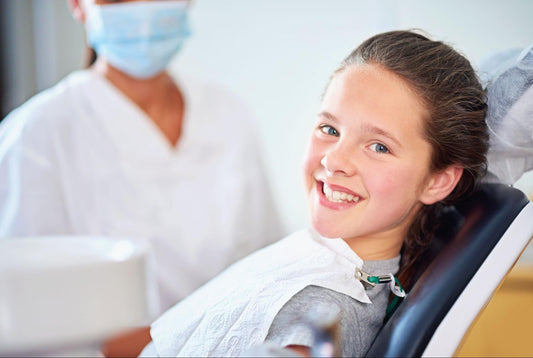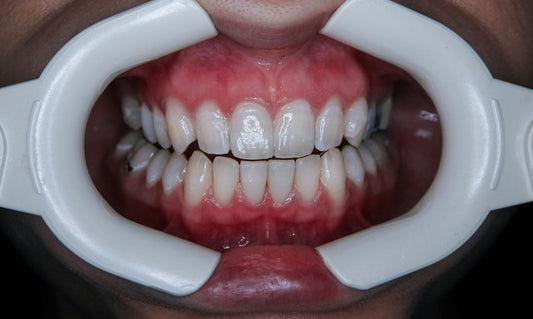Understanding Patient Safety in Dentistry: A Detailed Guide

Patient safety and growing regulation over the decades have propelled the quality of care. Dentistry is no exception.
Dental procedures, especially in 2025, are safe and routine, thanks to better regulation.
In this blog, Dr. Ana Roberts B will discuss the protocols in dentistry which aim to reduce and eliminate the risks of infection, misdiagnosis and medication errors.
What is patient safety in dentistry?
In a nutshell, patient safety in dentistry refers to the rules and regulations in place to prevent harm to patients during treatment.
It factors in all the protocols, systems, behaviours and rules that are put in place to promote safe treatment and a safe environment for patients.
Although every country is different, patient safety refers to a set of core principles to ensure a risk-free working environment.
These are:
· Infection control: This refers to the rules and regulations around the proper sterilisation of instruments, the use of personal protective equipment (PPE) and hygiene protocols to prevent cross-contamination.
· Medication safety: This typically involves rules and guidance on the correct prescribing and dispensing of medications (such as antibiotics and anaesthetics for treatments). It also includes checks to make sure that patients aren’t prescribed medications that react badly with existing medications.
· Preventing procedural errors: Rules and regulations around minimising procedural errors. This typically comes in the form of a standardised checklist or specific protocols based on your employer or trust.
· Safe use of equipment and technology: Regulations and guidelines about how to properly maintain equipment and use tools correctly to avoid patient injury or errors in diagnosis.
· Training and competency: These rules guarantee that employee skills are always sharp and that they’re trained up on new tools and treatment.
Understanding the importance of patient safety
Ultimately, patient safety is rooted in protecting patients from harm, maintaining professional standards, and ensuring a high level of patient care.
Dental safety matters for many reasons:
1. Protects patient health and well-being
Dental procedures typically involve sharp instruments, medications, and sometimes sedation or anaesthesia. Any mistakes made can lead to infections, injuries, or serious medical complications, so extra care and adherence to the rules are critical to guaranteeing a safe environment for treatment.
2. Builds trust and confidence
When patients feel safe, they’re more likely to seek regular care, follow advice, and maintain their oral health. If they don’t trust you, they might not listen, or worse, not seek dental treatment when they desperately need to.
3. Reduces the risk of errors and legal issues
Following safety protocols helps prevent preventable mistakes that could result in injury and potential legal consequences. It also helps limit cases of malpractice or negligence by implementing and maintaining strict safety standards.
For example, many dentists use advanced record-keeping software and strict protocols to make sure all records and treatments are accurate. Thorough referral regimes are also often used to make sure the right specialist is assigned to the patient based on their needs for care.
4. Improves the overall quality of care
Safety is closely linked to quality. When safety systems are strong, patient outcomes improve, and care becomes more consistent. It’s better for the patients, the reputation of the practice and crucial for public perception of professional dental care.
5. Encourages continuous learning and improvement
Dentists and professionals have to do a certain number of CPD courses each year to keep themselves up to date with the latest developments, regulations, and technologies, to make sure they advance as the technology does.
As well, monitoring safety incidents and learning from them stimulates a proactive approach to care, enhancing standards and patient outcomes.
Common risks in dental procedures
All these rules and regulations surrounding patient care are designed to do one thing: prevent risks to patients.
The common risks faced by patients that regulations stop are:
· Infection and cross-contamination: If any of the equipment or tools aren’t properly sanitised, the risk of infection rises due to exposure to blood, saliva, and instruments. Fortunately, this is rare and completely preventable by following proper sterilisation and hygiene protocols.
· Allergic reactions: Bad reactions to local anaesthetics, latex, or prescribed medications are very rare, but can be life-threatening for some patients. That’s why special attention must be paid to health records, and protocol needs to be followed.
· Damage to surrounding tissues: Mouth and dental tissue tools are sharp, so it’s very easy to cause injury to the gums, cheeks, lips or other teeth if misused. Dentists are specifically trained to use them and spend a long time training to do so, so you’re usually in very safe hands. But, practice and great care are needed to limit the number of injuries. If accidents happen, protocol needs to be followed with the right hospital treatment and the incident must be recorded and investigated.
· Medication errors: Although rare, accidents like giving a patient the wrong medication dosage or missing crucial drug interactions can lead to serious complications. This puts emphasis on prescribing and reviewing patient medications carefully.
· Radiation Exposure: Dental X-ray use needs to be monitored vigorously, particularly if used excessively. Improper use can cause serious damage, underscoring the importance of their proper use. Impacts of excessive radiation can be minimised through appropriate shielding and modern digital imaging.
How dentists should ensure patient safety
It’s no secret that dentists are under pressure to follow strict safety measures to remain compliant and maintain patient safety.
However, it’s crucial for the reputation of dental practitioners across the country as well as their practice.
Dentists can ensure safety by:
· Maintaining strict infection control and properly sterilising instruments and the work environment.
· Conduct thorough patient assessments to avoid misdiagnosing, mistreating, or wrongly prescribing patients the wrong medication.
· Keep the door open to communication – clearly explaining any risks, procedures and any alternatives as required.
· Double-check for potential drug interactions with existing medications and only prescribe when necessary.
· Continue to engage in professional training and development to hone skills and train on new technologies and equipment.
· Keep accurate and up-to-date records of all treatments, decisions and patient communications.
Safe teeth and compliant teeth whitening with Enlighten
Your safety is our top priority!
Our Enlighten teeth whitening treatment is designed to deliver effective results while being gentle on sensitive teeth, administered under the care of trained dental professionals.
Explore our range of professional-grade whitening toothpastes too. Enlighten Whitening Toothpaste helps remove surface stains and fight plaque, while our Serum Toothpaste strengthens enamel and soothes sensitivity.





